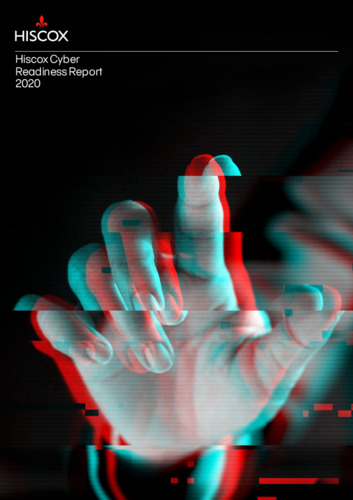- Home >
- Services >
- Access to Knowledge >
- Trend Monitor >
- Domain of Application >
- Trend snippet: Evolved ransomware techniques
Trends in Security Information
The HSD Trendmonitor is designed to provide access to relevant content on various subjects in the safety and security domain, to identify relevant developments and to connect knowledge and organisations. The safety and security domain encompasses a vast number of subjects. Four relevant taxonomies (type of threat or opportunity, victim, source of threat and domain of application) have been constructed in order to visualize all of these subjects. The taxonomies and related category descriptions have been carefully composed according to other taxonomies, European and international standards and our own expertise.
In order to identify safety and security related trends, relevant reports and HSD news articles are continuously scanned, analysed and classified by hand according to the four taxonomies. This results in a wide array of observations, which we call ‘Trend Snippets’. Multiple Trend Snippets combined can provide insights into safety and security trends. The size of the circles shows the relative weight of the topic, the filters can be used to further select the most relevant content for you. If you have an addition, question or remark, drop us a line at info@securitydelta.nl.
visible on larger screens only
Please expand your browser window.
Or enjoy this interactive application on your desktop or laptop.
Evolved ransomware techniques
Hiscox View:
We are seeing hackers’ ransomware techniques
evolve. Typically in larger attacks there are two distinct phases after the initial infection. The first phase is lateral movement. This is where attackers look for valuable assets (e.g. finance data) and assess the size of the target to set the ransom amount. The second phase is ransomware attack. This often happens at the weekend when there is less chance to react and when hackers can cause the most damage. There can typically be a period of one to three weeks between these two phases. Companies with good detection capabilities can stop the attack in this time and therefore suffer shorter outages, lower overall costs and less impact to business.






